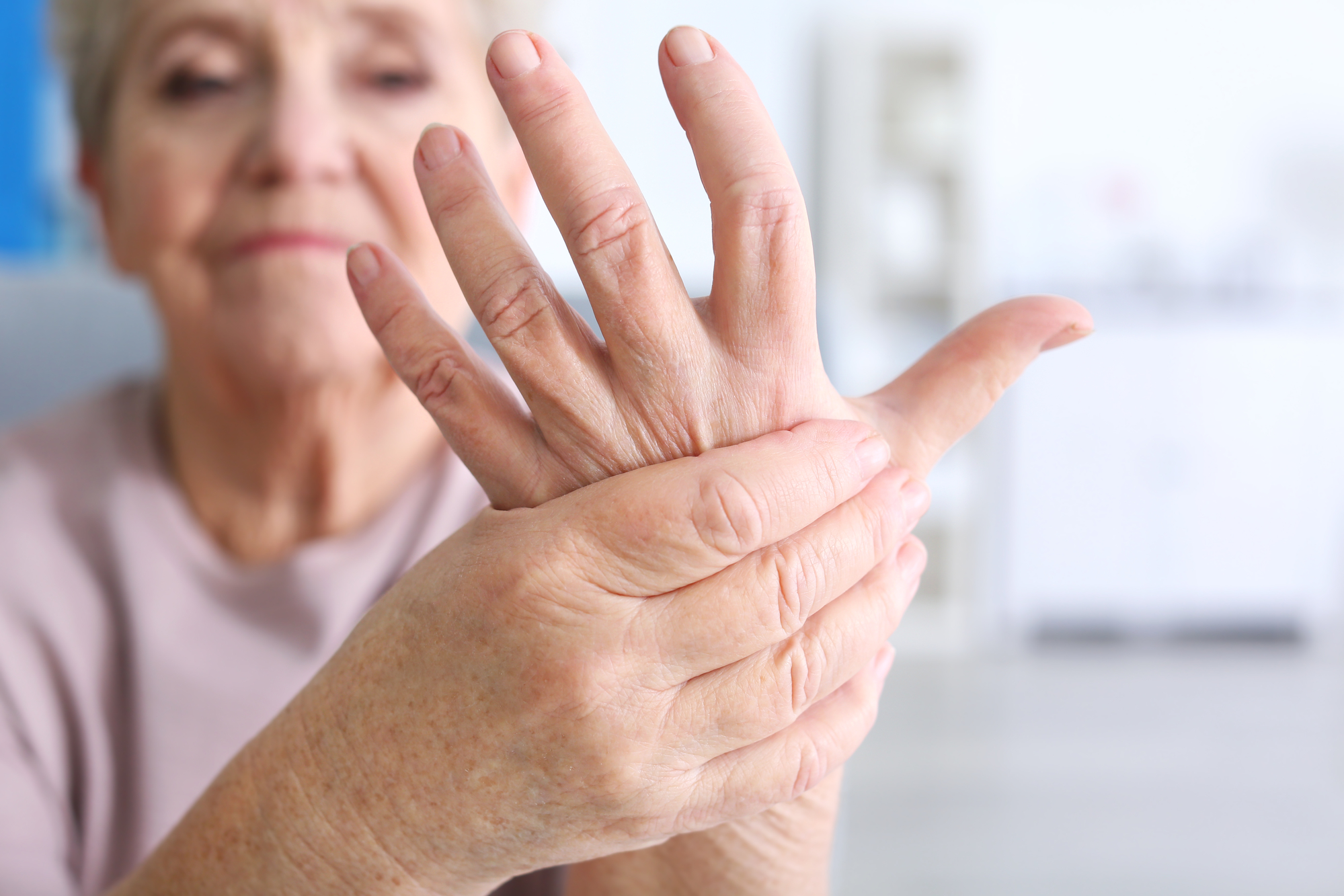Arthritis is defined by a series of chronic aches in joints anywhere on the body. The severity of these aches vary in degree however it is not uncommon for some patients to be in so much pain that they are unable to move or perform basic movements. The nature of arthritis is one which progressively gets worse over time and because of this, the best method to handle it is to develop good habits in its earlier stages. The different types of arthritis are knee arthritis, hip arthritis, osteoarthritis, and rheumatoid arthritis.
We, at Dr. Nash Progressive Pain and Rehabilitation offer different innovative treatments to alleviate and eliminate pain. Schedule an appointment and get the best chronic pain relief in The Woodlands, TX.




 346-220-8063
346-220-8063